For 8 or 10 people
- Cut 8 small dry sponge biscuits into half-inch cubes. Into slightly smaller cubes, cut a scant half-pound of fruits candied in syrup.
- Soak the fruits in kirschwasser for 30 minutes. Drain them, and moisten the biscuit cubes with the same kirsch.
- Whip 3 cups of cream, sweet and very cold. When it is whipped, season it with powdered sugar and add a little vanilla flavor.
- Put the whipped cream, the biscuits, and the candied fruits into a mould and mix them well. Cover the mould with a sheet of white paper and seal with its cover. (Be careful to butter the lip of the mould under the paper, so that salt will not make itself a part of the composition.)
- Then put the mould for 2 hours into ice, finely chopped and very salty--about 2 pounds of salt to 10 of ice.
The Liquid Cream to Pour Over the Diplomate when It is Taken from the Mould Just Before Serving
- Into a double-boiler stir 1 full cup of milk, 2 egg yolks, 1/4 cup of powdered sugar, and 1 teaspoon of fine flour.
- See that the mixture does not boil, and when it thickens take it from the stove. Then perfume it amply with kirsch.
- Let it get very cold (either on the window-sill in winter or in summer, in the ice chest), and pour it over the Diplomate and serve at once.

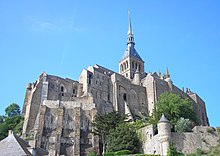




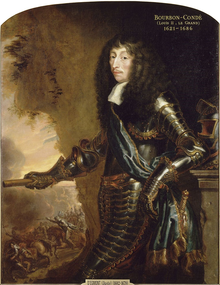

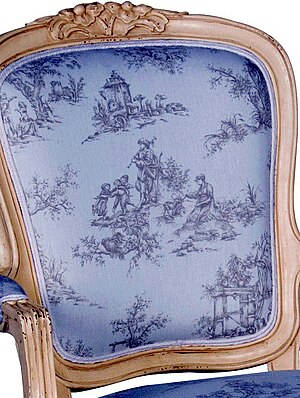
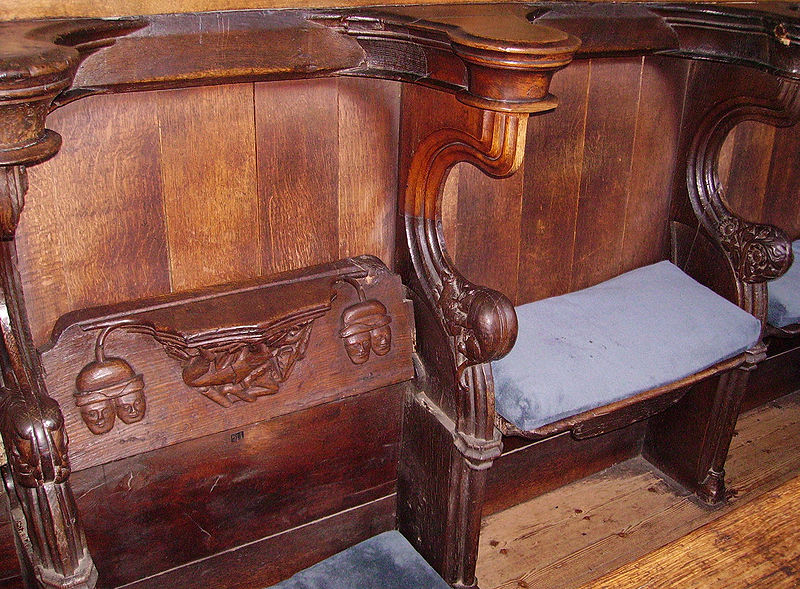


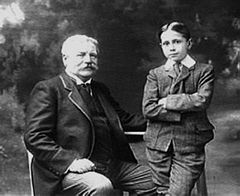

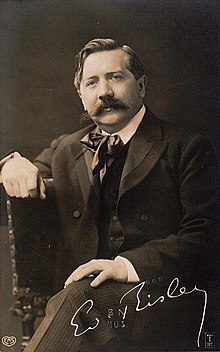


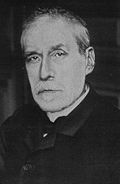

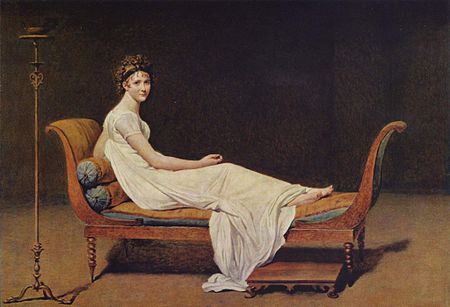
.jpg/200px-Moli%C3%A8re_-_Nicolas_Mignard_(1658).jpg)
